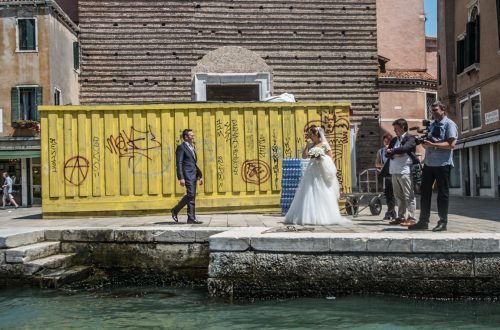
The Solitude of Power
In this staged tableau, a single white king stands isolated at the centre of a chessboard, surrounded by a dense perimeter of pawns, bishops, rooks, and knights—black and white alike. The visual symmetry is precise, the tension deliberate. It is a composition that speaks of power, but also of its limits.
The king is both the most important and the weakest piece on the board. Its capture ends the game, yet it is immobile without protection. The title, The King’s Solitude, plays on this paradox: the sovereign stands alone, sovereign yet vulnerable, elevated yet exposed.
In the context of international relations, this image evokes the precarious nature of leadership on the global stage. Heads of state, no matter how powerful, are hemmed in by alliances, adversaries, protocols, and public scrutiny. Every move is constrained, every decision observed. Diplomacy is a game of strategy, where missteps are fatal, and trust is provisional.
But the board is not entirely antagonistic. The presence of both black and white pieces facing the king suggests something more than conflict—it implies negotiation, standoff, containment. A balance of power.
Technically refined and conceptually clear, The King’s Solitude functions as more than visual metaphor: it is an adaptable symbol for political vulnerability, executive isolation, and the burdens of leadership in a multilateral world.




